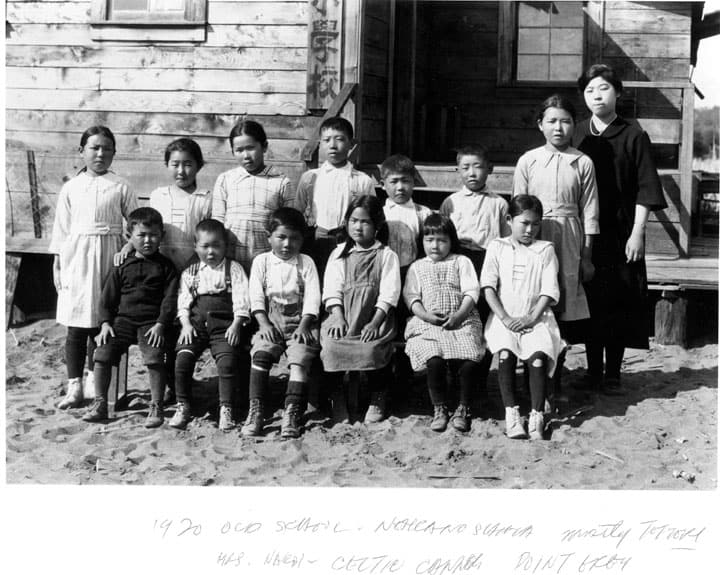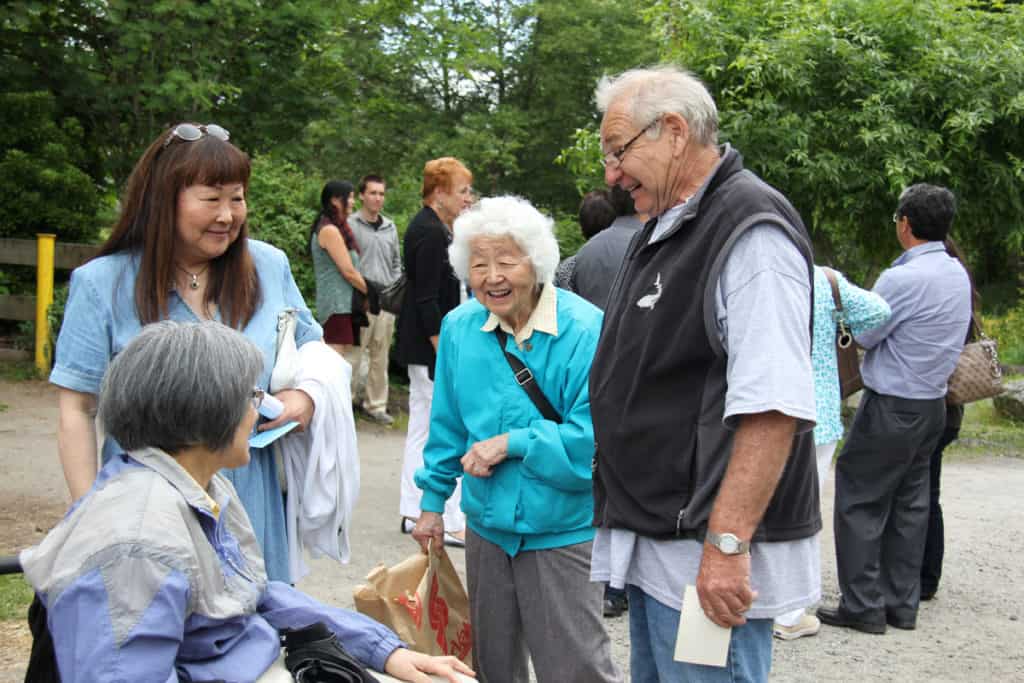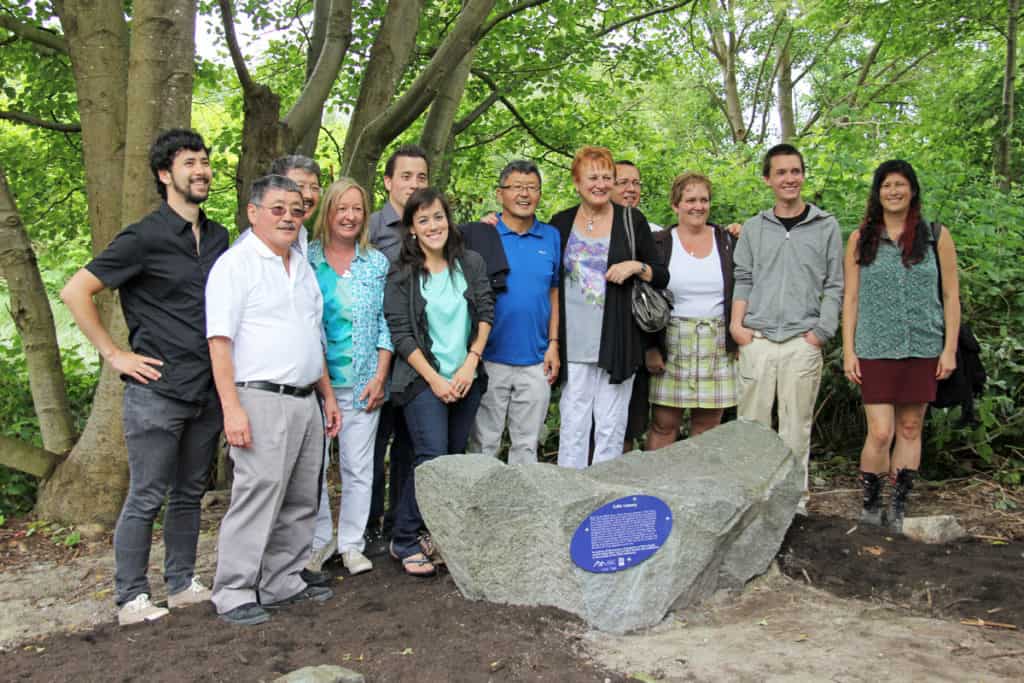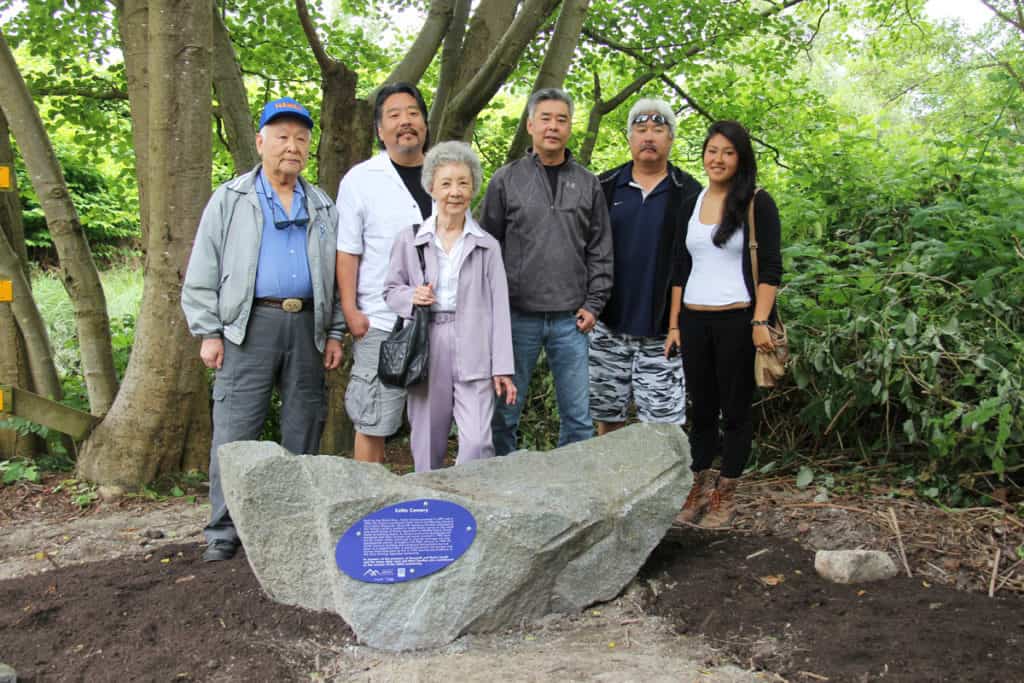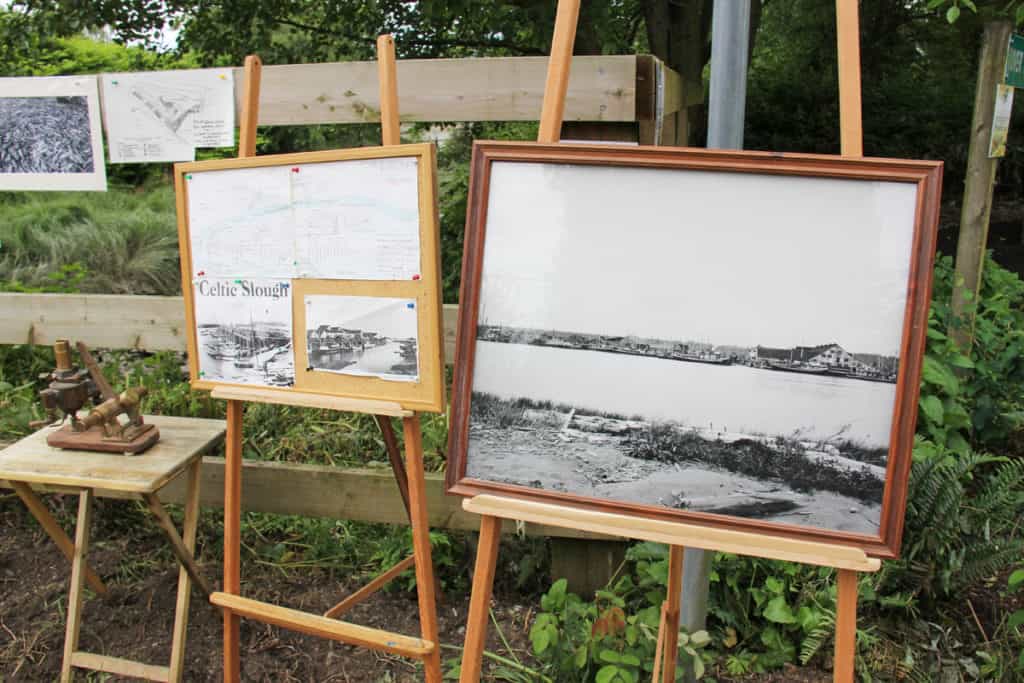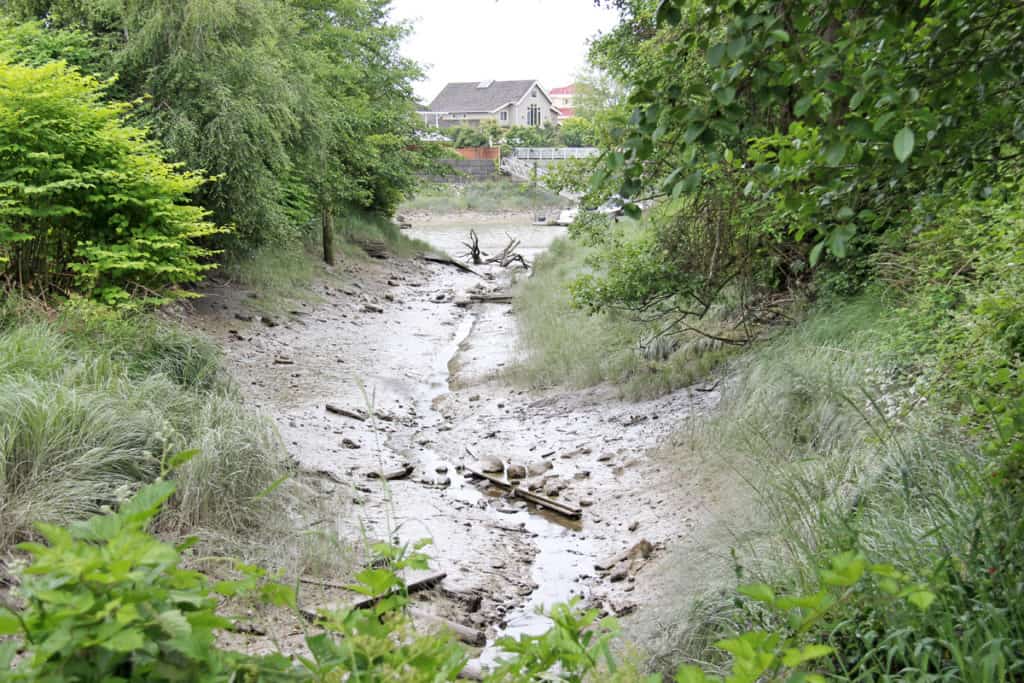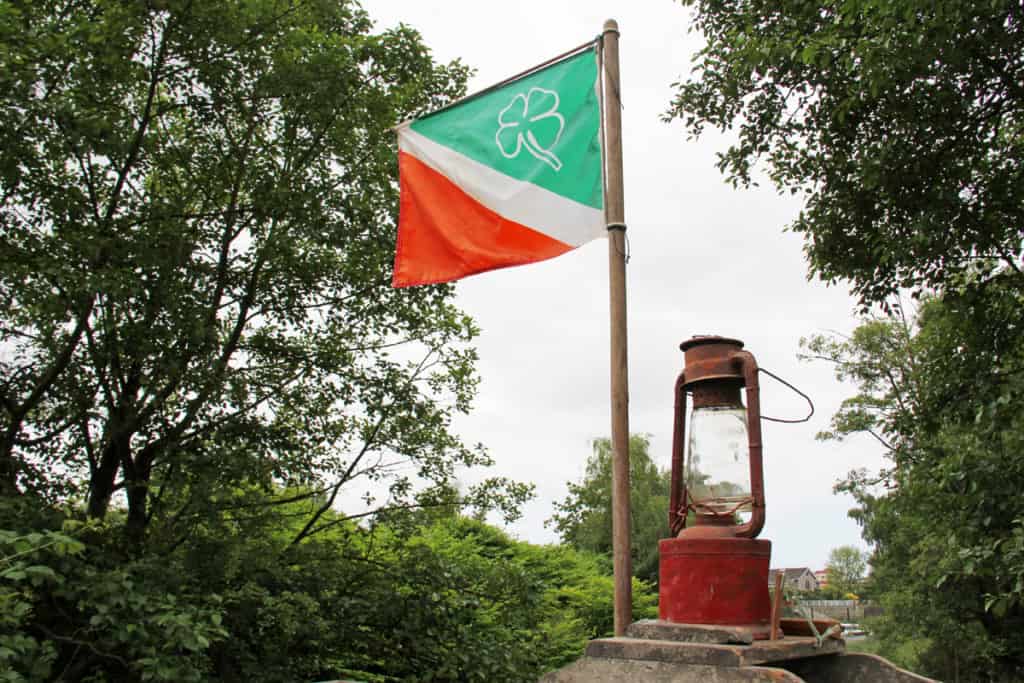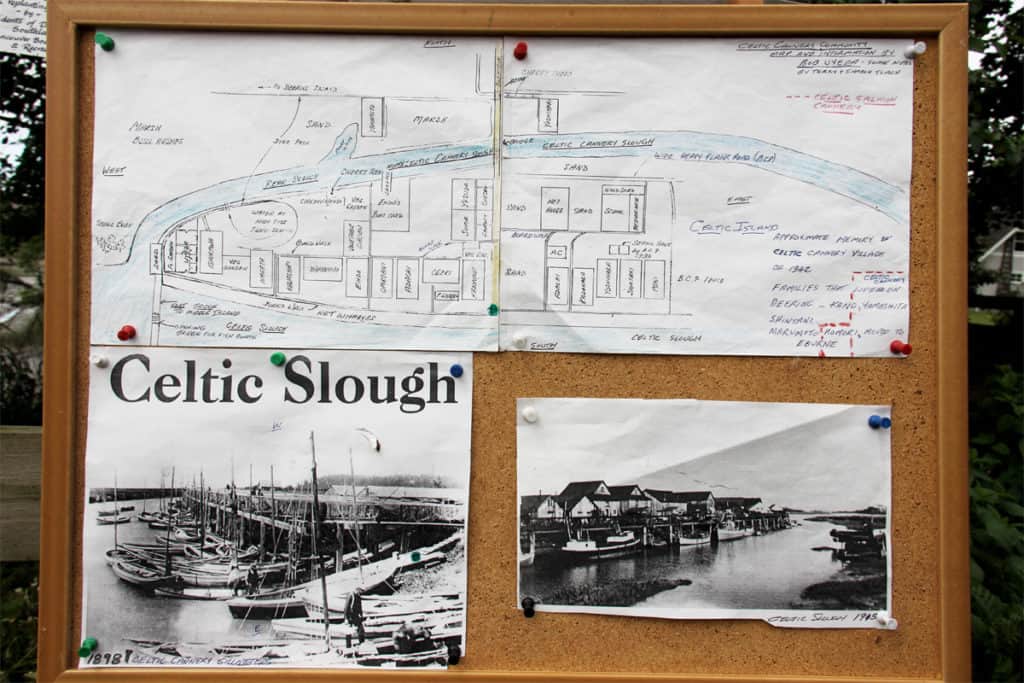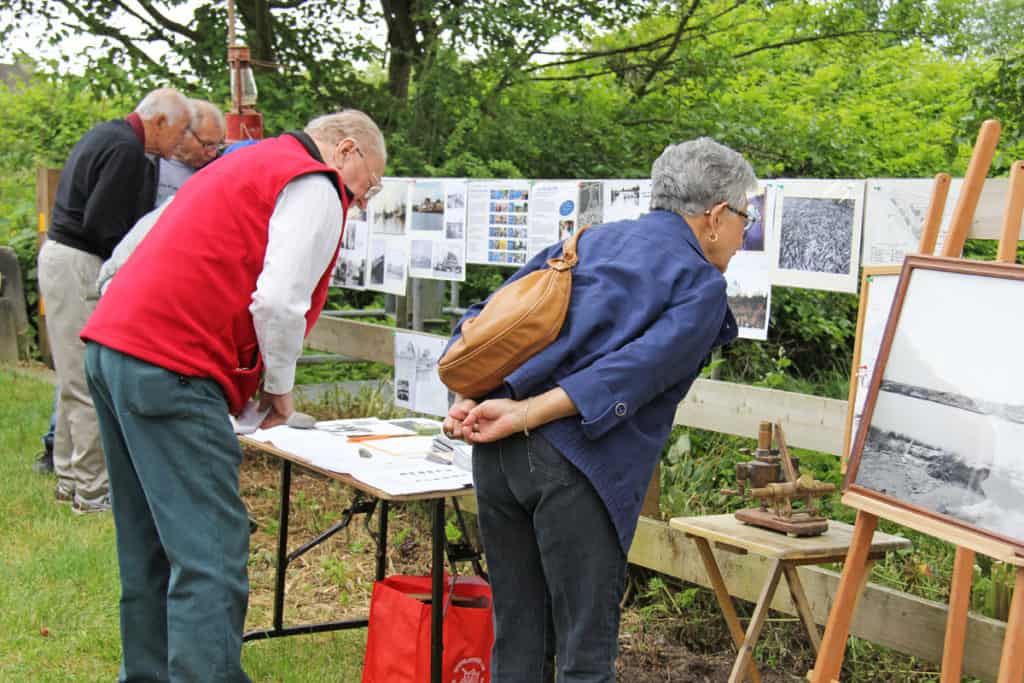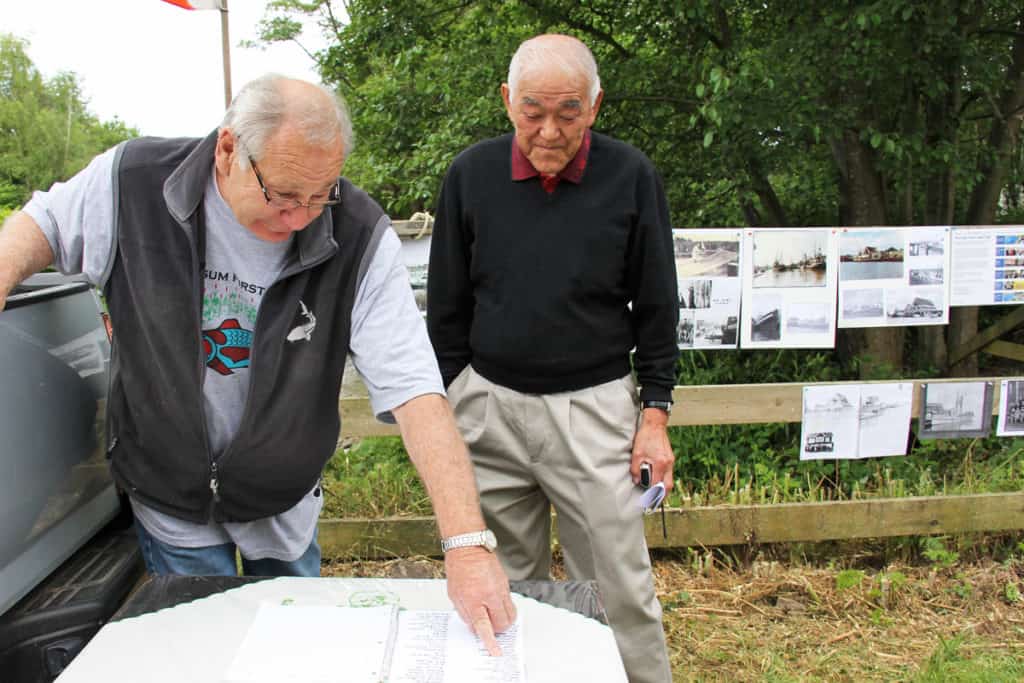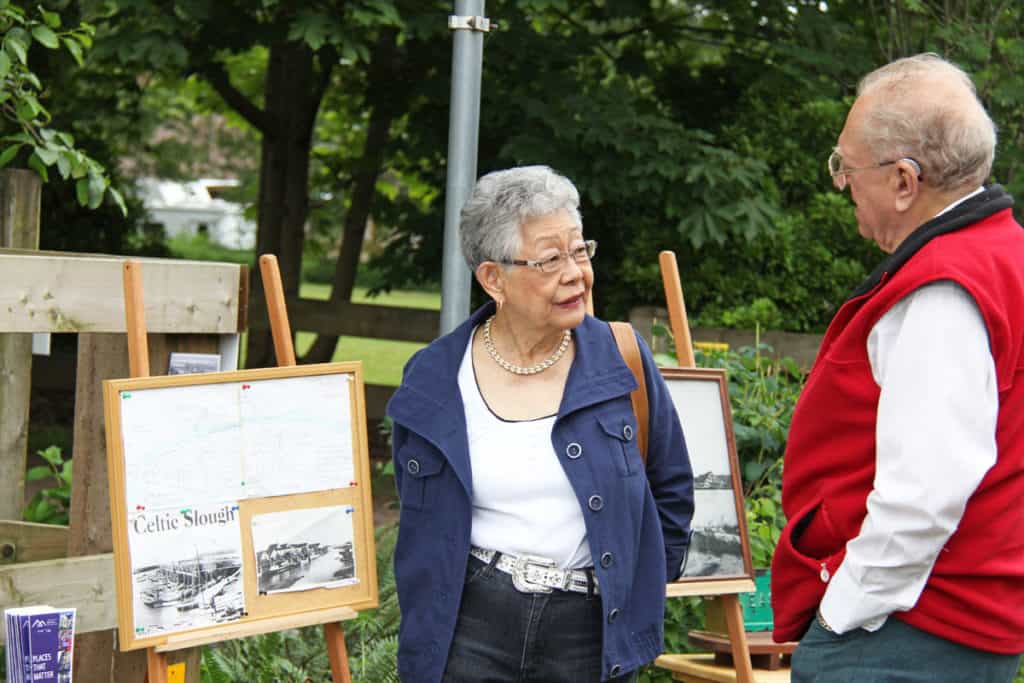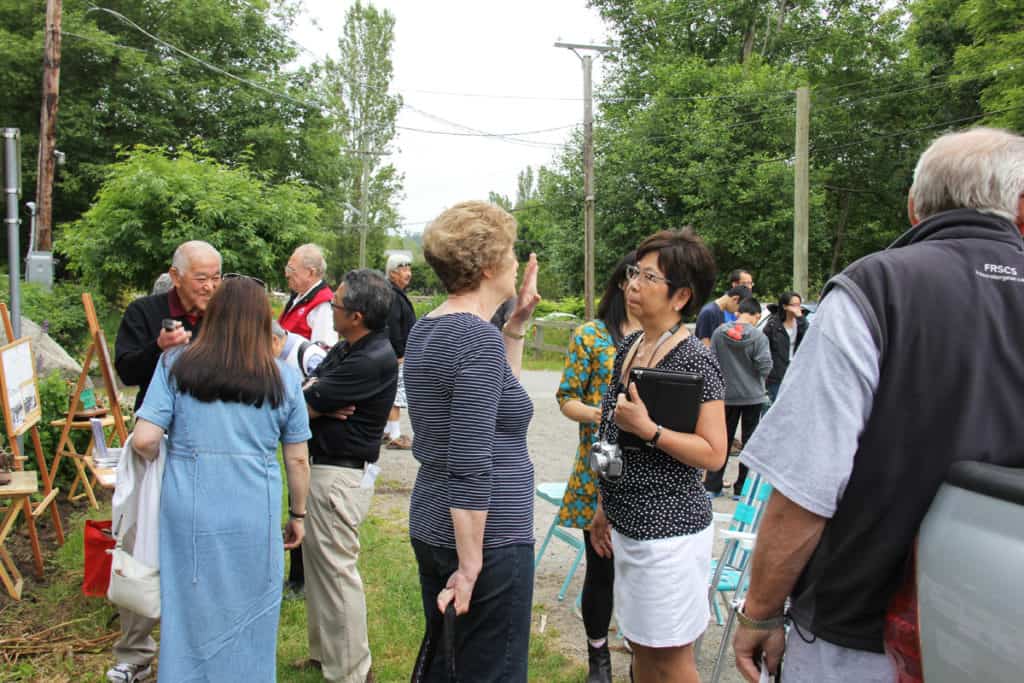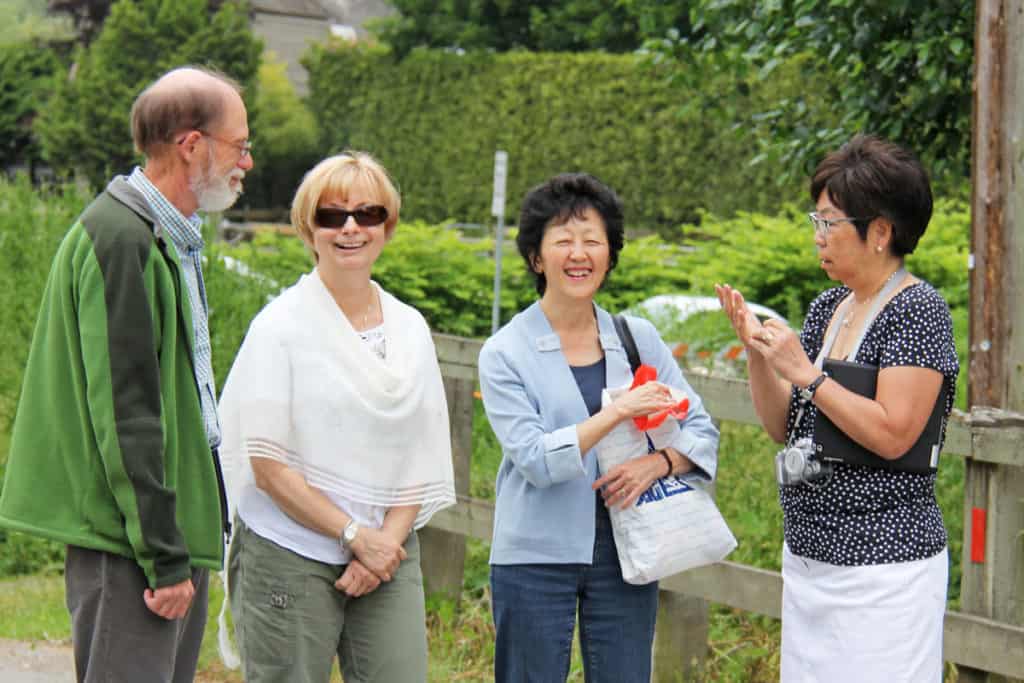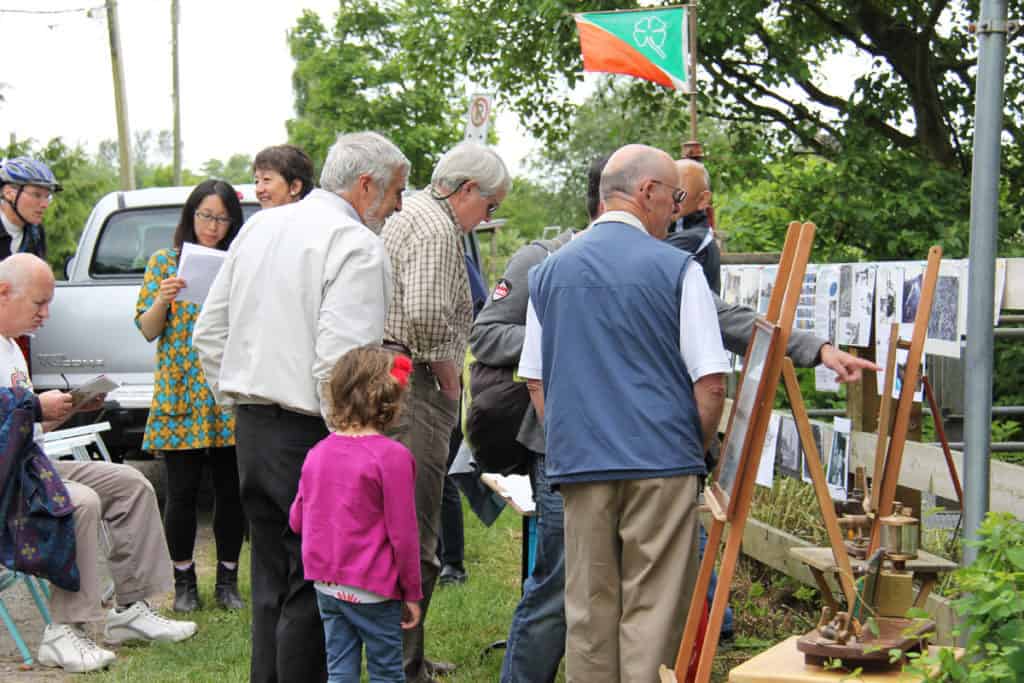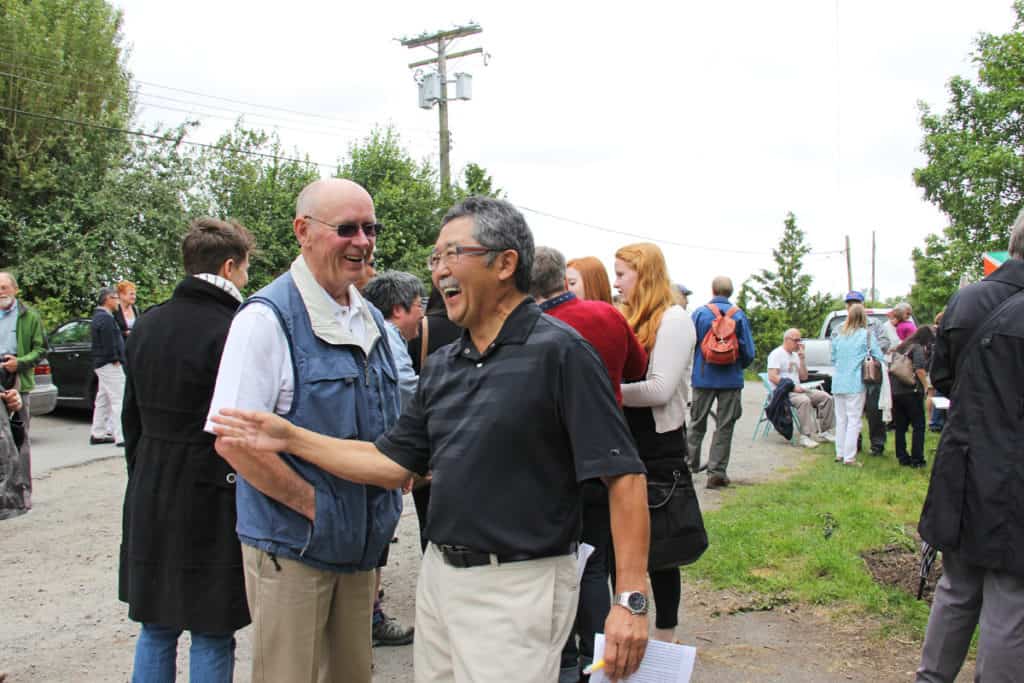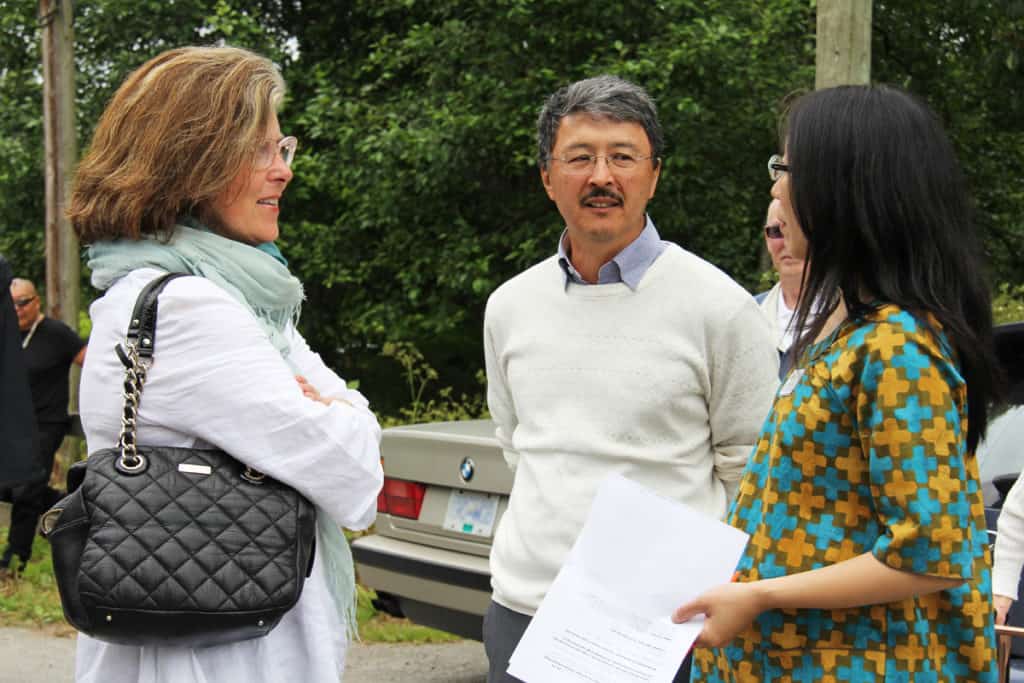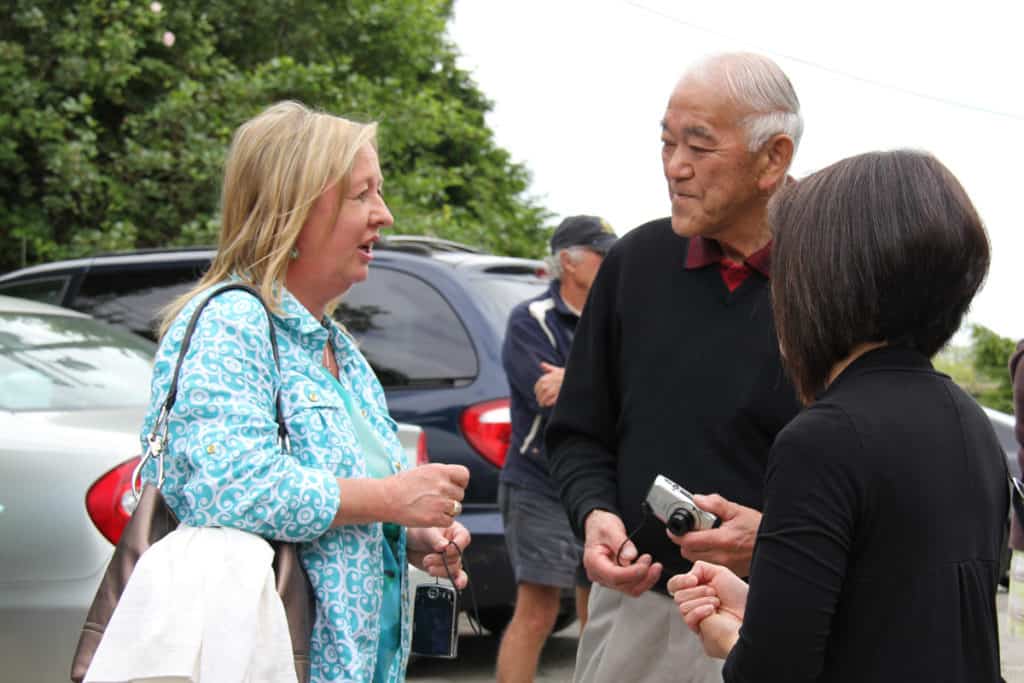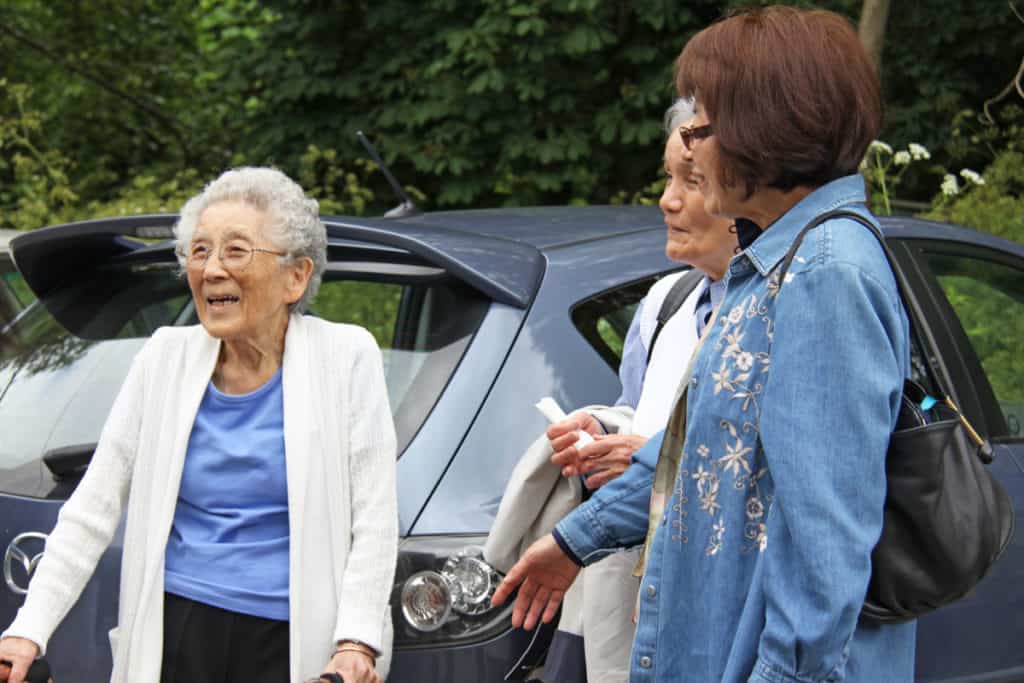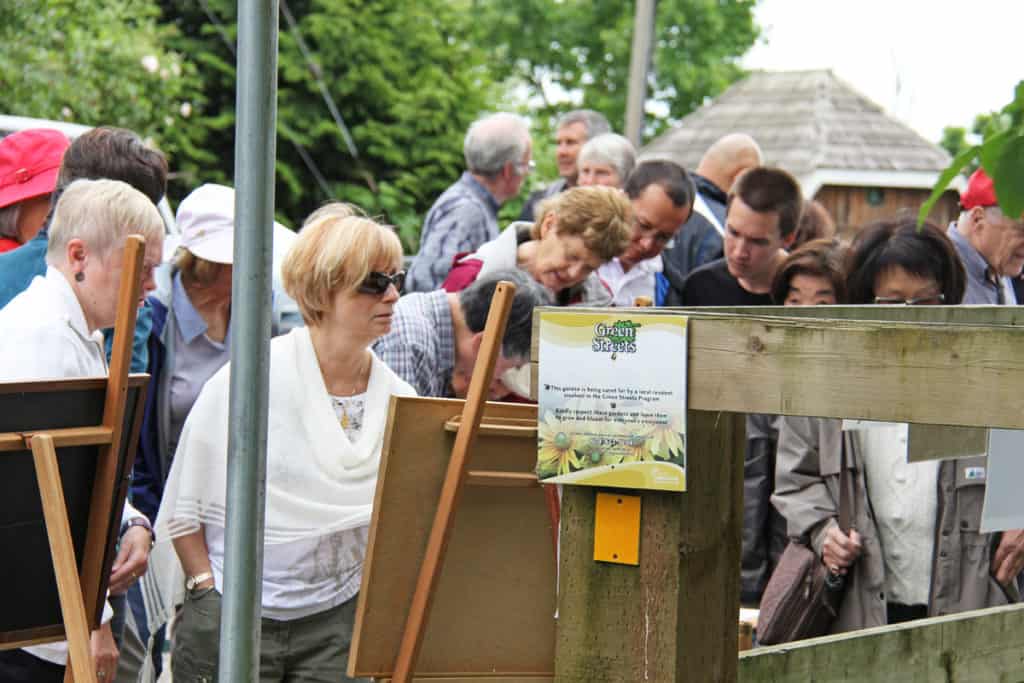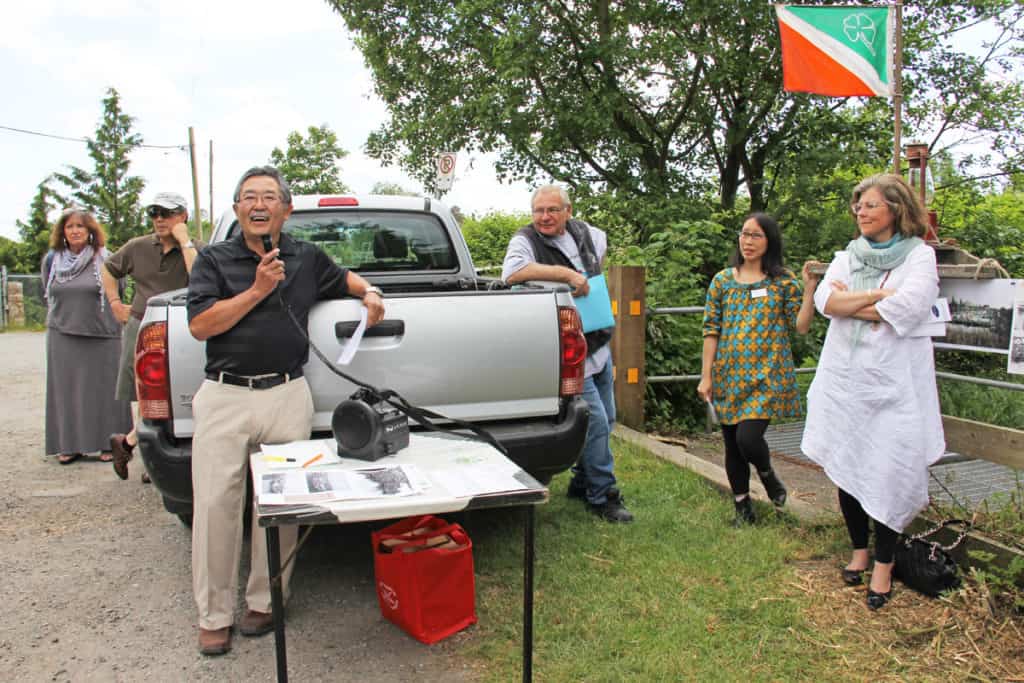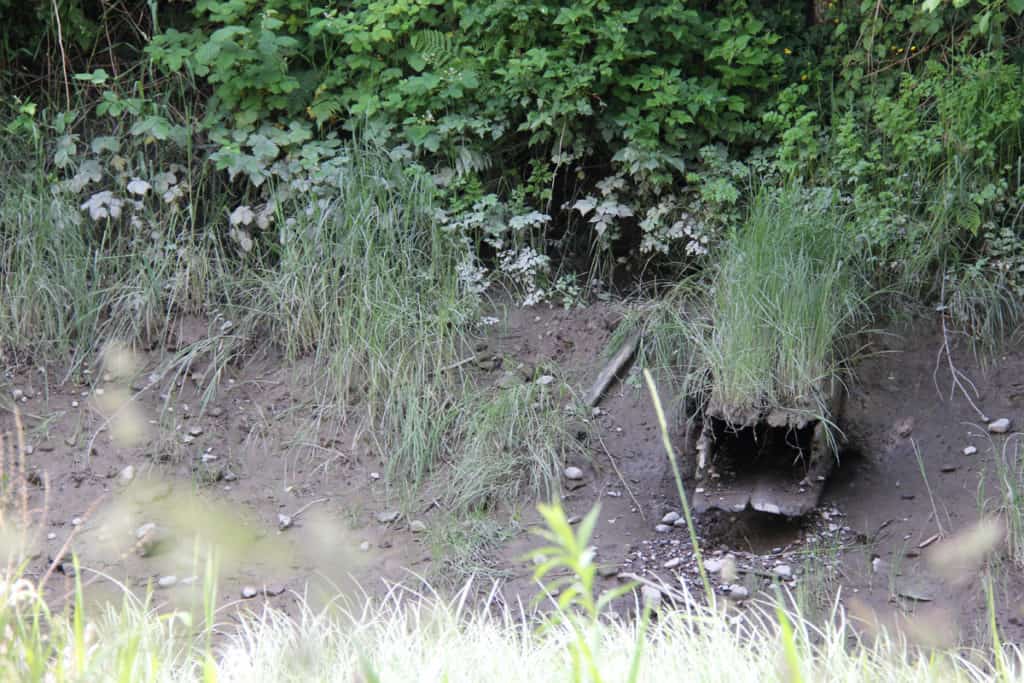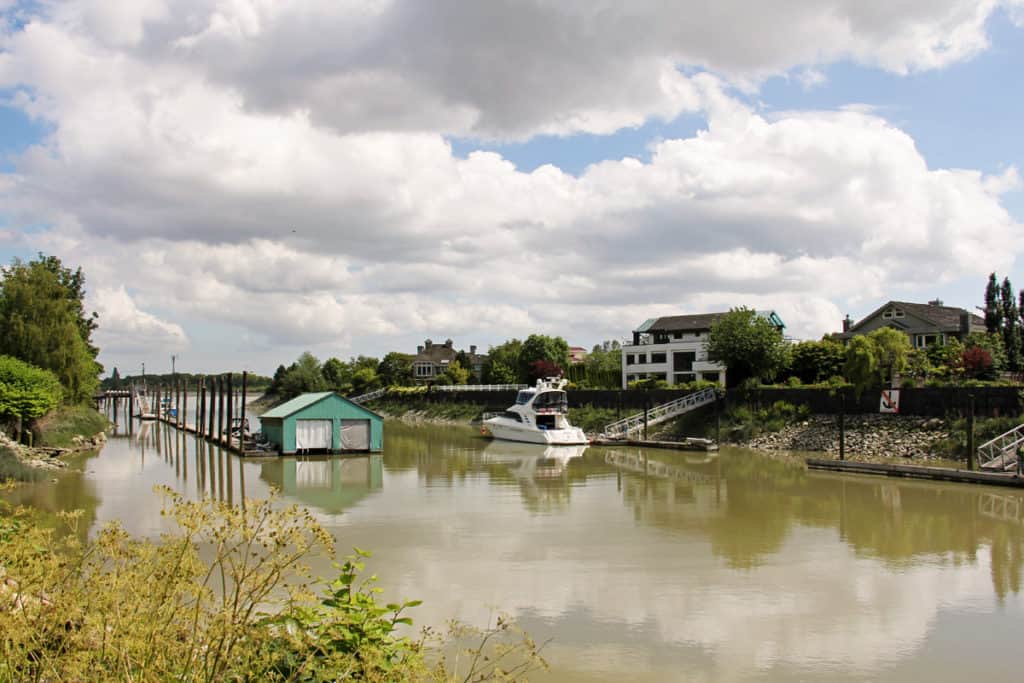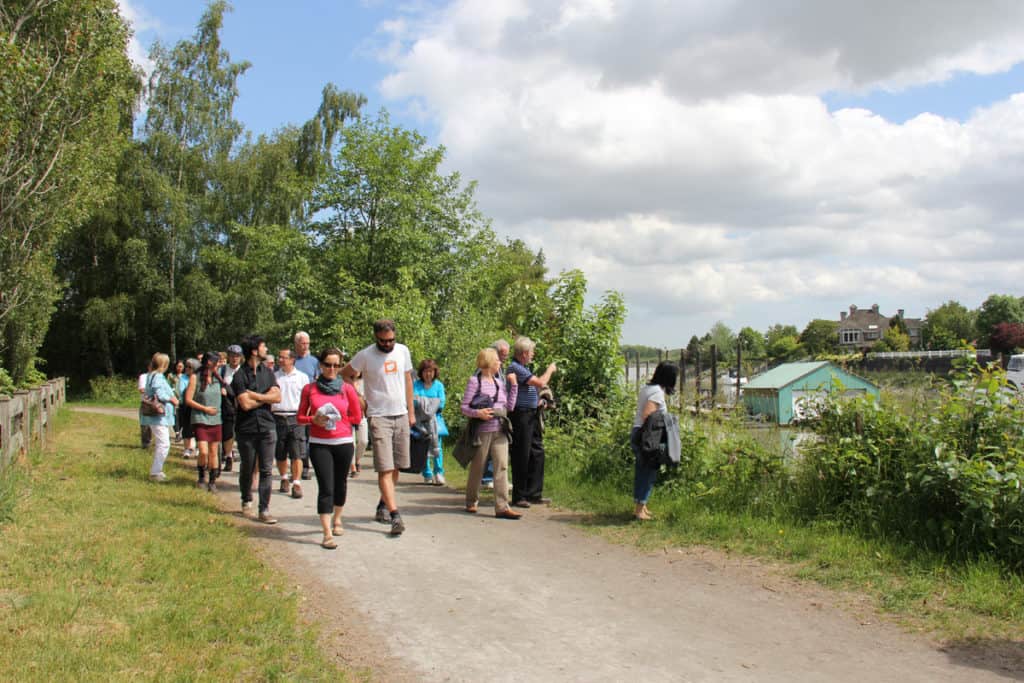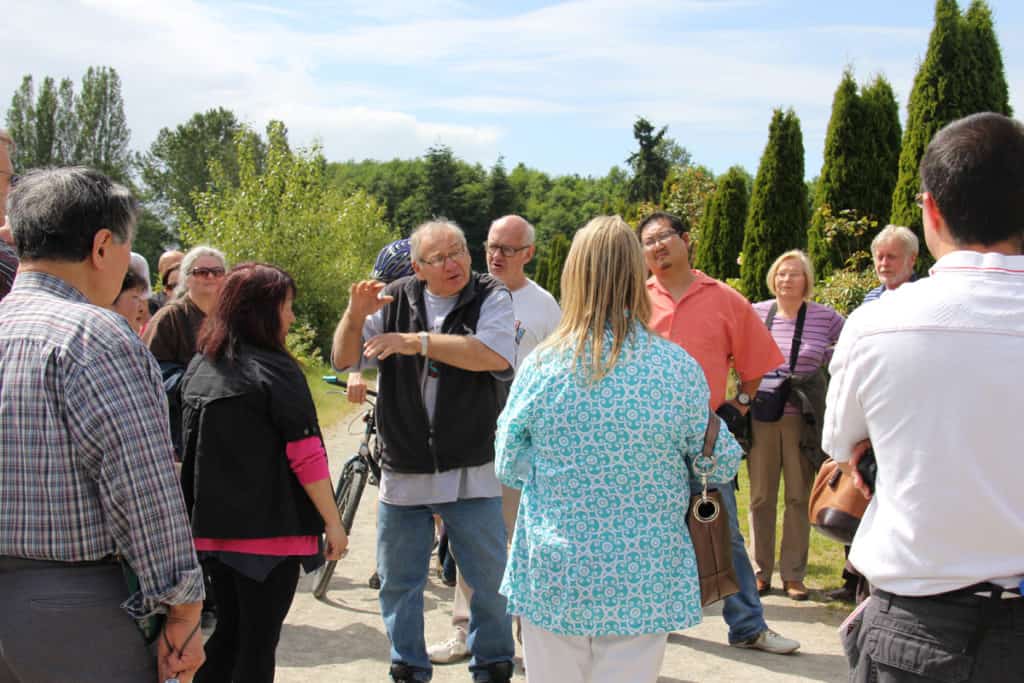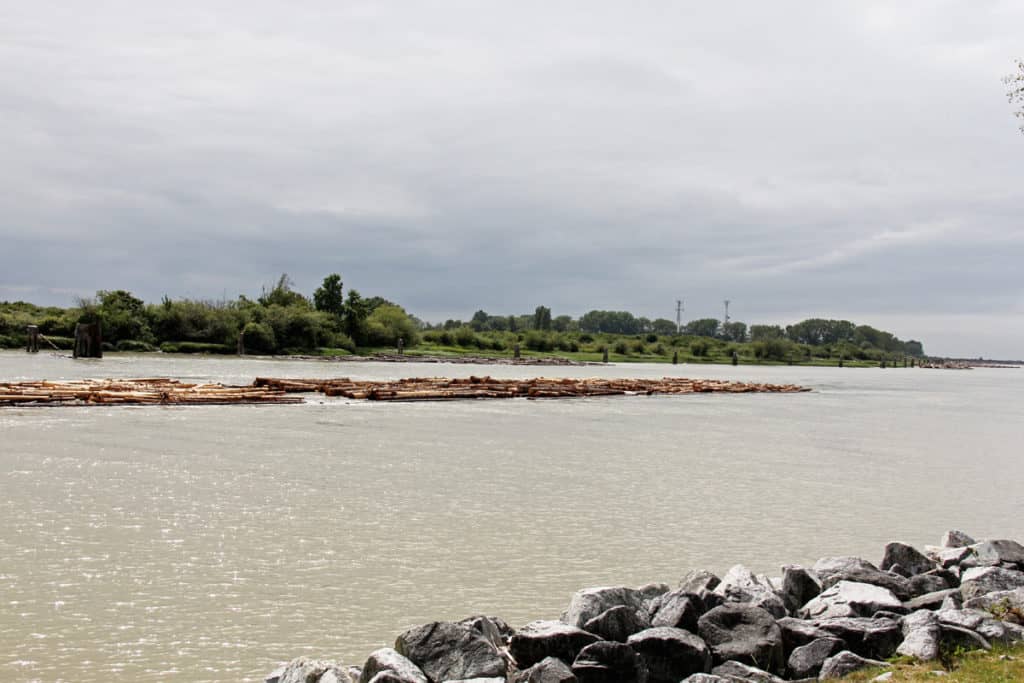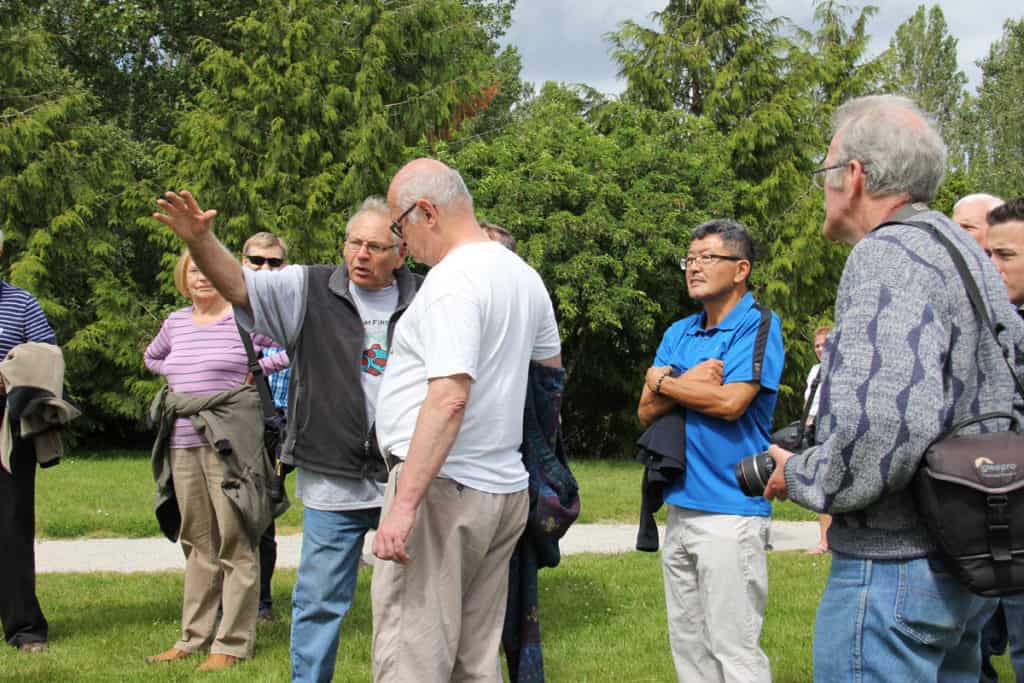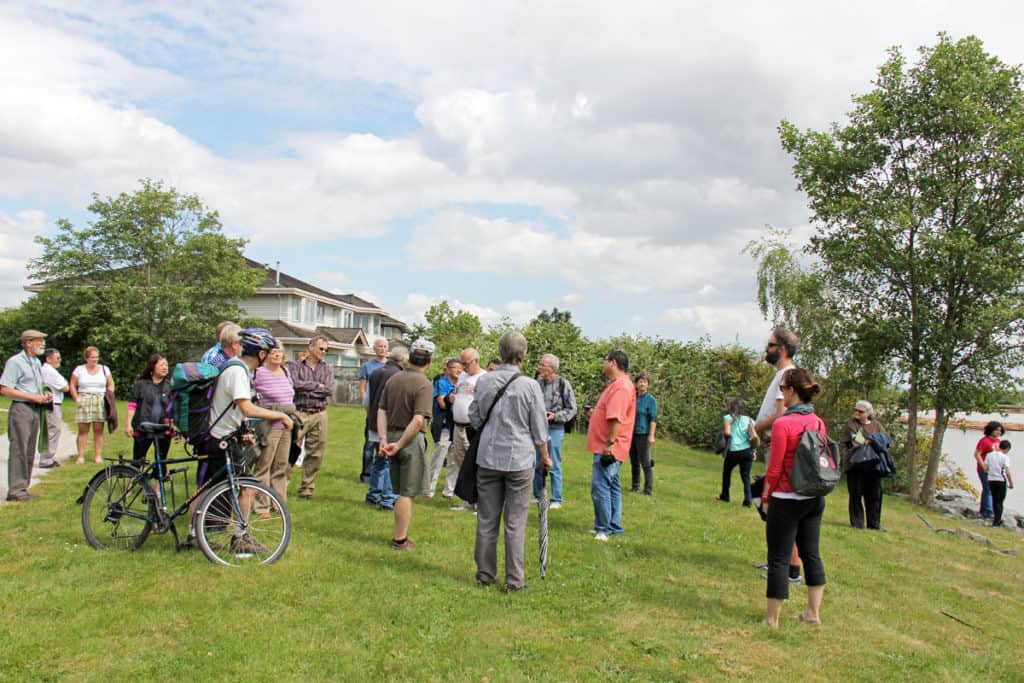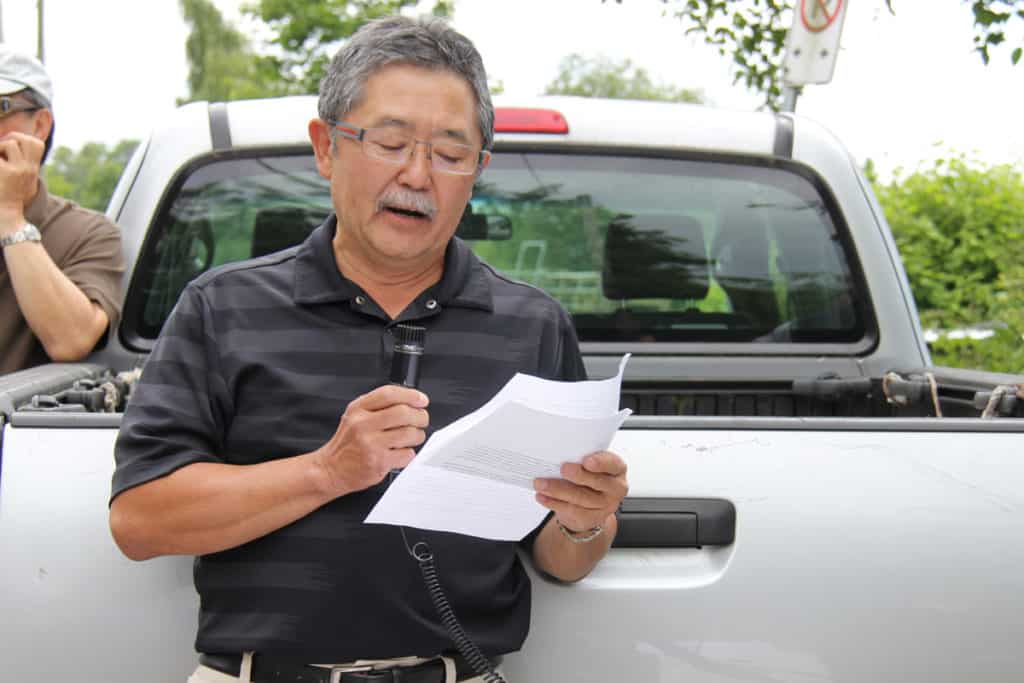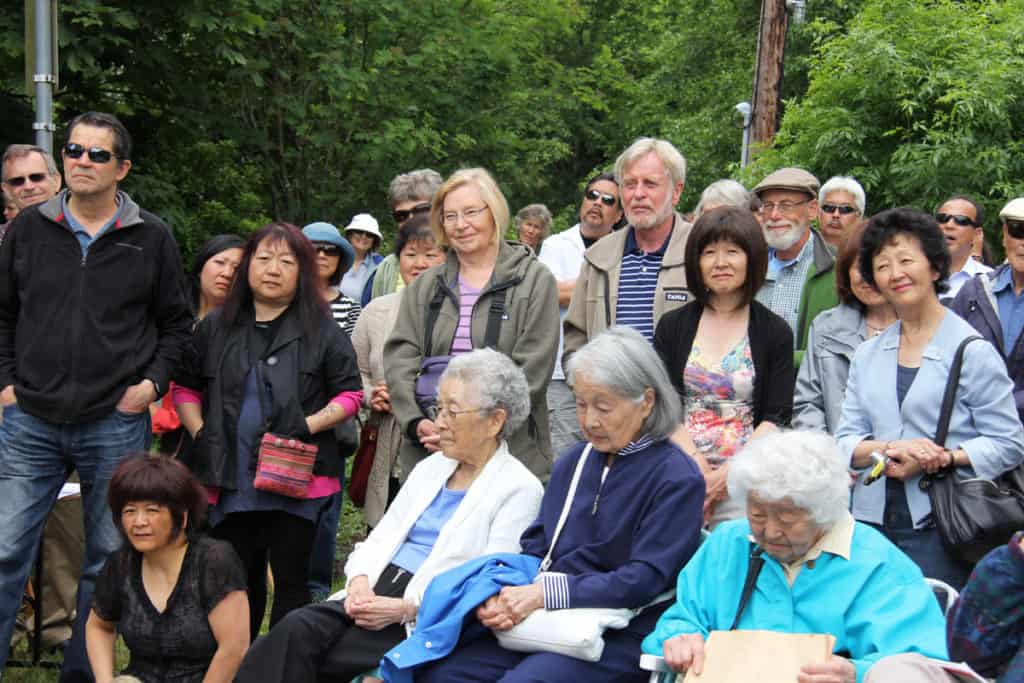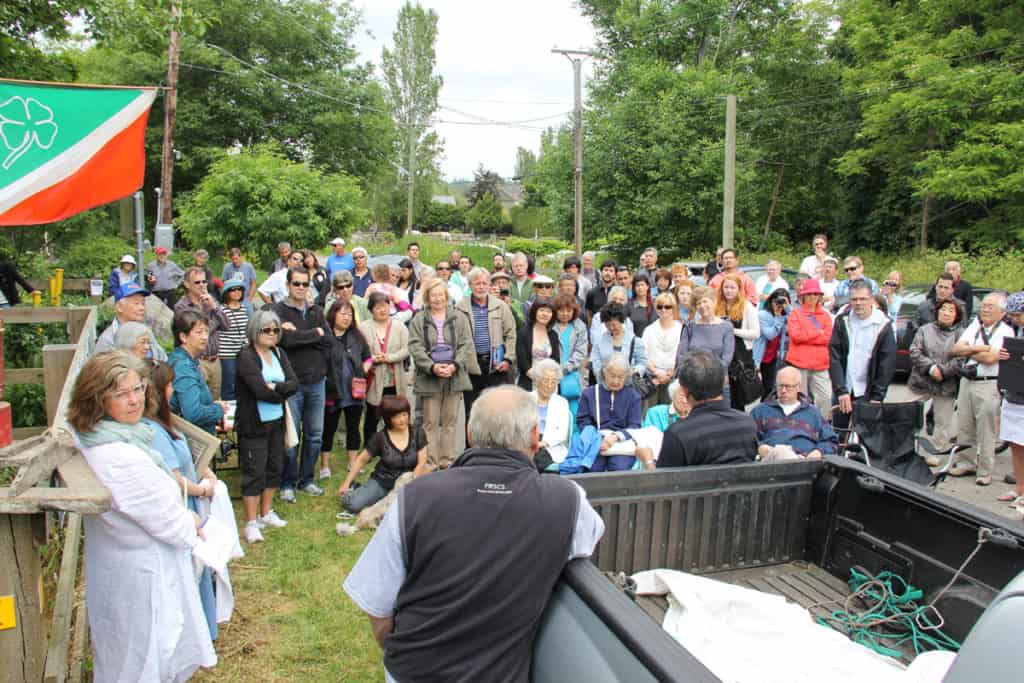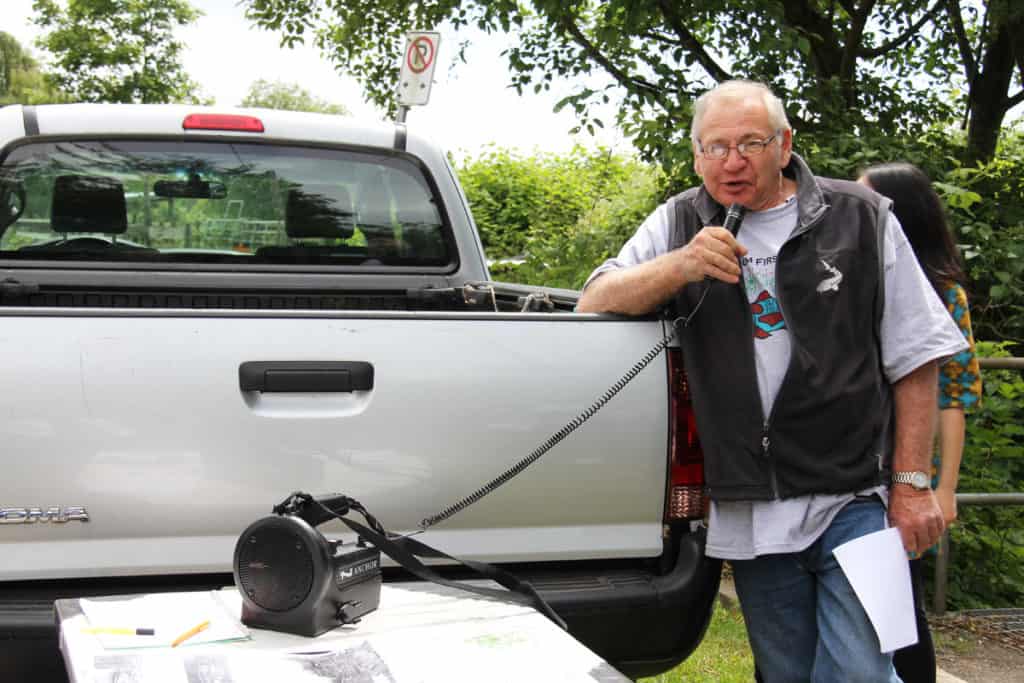Celtic –
Celtic Island, between Balaclava and Blenheim streets, was the site of the first cannery on the north arm of the Fraser River, opened in 1897 on land bought from farmer Hugh Magee. Named initially for the Welsh brothers, who with partner William L. Tait (the builder of Glen Brae, now Canuck Place, in Shaughnessy Heights) built the business, it soon became known as Celtic Cannery. Subsequent owner BC Packers closed it in 1917, and consolidated its canning operations in Steveston, following the disastrous landslide in the Fraser Canyon during construction of the Canadian Northern Pacific Railway. The narrow channel between the island and the mainland was filled many years later and became Celtic Avenue.
“Celtic Cannery a Japanese Fishing village in Vancouver” by Roger Sasaki
Many of the “Celtic” residents originated from the Sakaiminato area of the Tottori prefecture in Japan. Although they referred to the community as Celtic Cannery, the cannery was in fact closed many years earlier when BC Packers purchased the site. The prominent vocation was fishing, with the Company providing housing for its employees. The fishermen, in lieu of rent, were able to pay for their housing by selling their catch to BC Packers. The “cannery row” housing consisted of two-bedroom rectangular bungalows and two-storey houses. The houses were finished in cedar siding laid vertically and also finished with cedar shingles. [Some other Japanese families settled on the Blenheim Flats in small houses during the 1920s and 1930s.]
Celtic Cannery became a vibrant neighbourhood in Vancouver. Two Nisei (second generation)- Mariko Teraguchi (nee Ishikawa) and Seiji Kadonaga- who were born and raised in Celtic Cannery recall Celtic as a close-knit self-contained Japanese community. While most of the residents grew their own vegetable gardens, Mariko recalls her home having a large yard in which her mother grew flowers and raised chickens. Seiji recalls that each house had its own Japanese bath (ofuro). The toilets were arranged outside of the home in a series of stalls with each family having its own identified stall. One of the families, the Adachi family, had their own telephone which was accessed by the rest of the community. Within Celtic, a small confectionary store owned by the Shintanis sold groceries onsite. As well, entrepreneurs, like Mr. Hotta and Mr. Komoto would bring their mobile businesses to Celtic, selling Japanese goods and groceries.
Elementary students attended Kerrisdale Elementary and older students trekked to Point Grey Junior High and/or Magee High School. Students did not integrate with the wider Caucasian community and immediately after school would return home and attend Japanese School in Celtic. The Nihon gakko was financially supported by all the families in Celtic who valued their culture and language. The school also functioned as an important community centre where meetings and social gatherings took place. On Sundays, the Harry family led the community with Church activities and worship.
While the families had access through their fishing boats to travel across the water to meet other Japanese friends and relatives near Steveston/Sea Island (Vancouver, Acme and Terra Nova Canneries), Celtic residents would also take the street car to the central Japanese business area on Powell Street to maintain their cultural and social ties.
With the abrupt onset of the War, a dramatic disruption of the people of Celtic Cannery took place with their forced expulsion in 1942. The Japanese community would no longer exist. While for many years a dilapidated net house and maintenance structure was the prominent remnant of the Celtic Cannery site, the building was destroyed by fire in 1995. There remains little evidence of the Celtic Cannery site with the exception of the shell of the shipyard building.
Families of Celtic Cannery in 1942
(Initials represent head of household/eldest son) Apologies for any errors made in this area.
M. Miki, Y. Shintani, Z. Yoshihara, R. Kadonaga, K. Adachi, S. Endo, S. Kadonaga, Y. Oseki , R. Adachi, S. Nakumura, T. Omotani, T. Endo, I. Yamamoto, Y. Nagata, T. Ishikawa, T. Uyeda , K. Endo, T. Yasuda, I. Yamamoto, E. Yamamoto, S. Watanabe (teacher). Deering Island residents – (T. Kano, Y. Yamashita, M. Shintani and the Marumoto family). Celtic residents who owned property: (K. Sasaki, A. Ito and Y. Minamimaye).
Remains of the Shipyards, Cannery and Community
The surviving buildings along Celtic Slough date from the shipyard BC Packers erected on the cannery site in 1926–7. They include a marine railway and a maintenance shed tall enough that a fish boat could enter it without dismantling its main mast. The original bridge to Deering Island provided access to a Shell marine gas station when it opened in 1928; other buildings on the island included a large net loft that survived until the island was redeveloped with luxury homes in the 1990s.
Musqueam First Nation
The Musqueam First Nation acquired title in the 1980s. In April 2006, the Musqueam launched court action to be compensated for contamination on the site, settled as part of the Musqueam Reconciliation Agreement with the provincial government in 2008.
On June 8, 2013, VHF commemorated the history of the Celtic Cannery Japanese Canadian community with a plaque unveiling and walking tour. Thanks to the efforts of Roger Sasaki and Harvey Sasaki of Agri-Saki Consuilting Inc, over 100 people attended the event in a reunion that gathered many descendants of the original families, some former residents, the current residents and the Consul General of Japan. A Memorial Garden has been planted through the support of the Vancouver Japanese Gardeners’ Association and Mr. Yas Kato of Earth Sculptors. The plaque sits on a boulder at the foot of Balaclava Street and Celtic Avenue.
Sources
Related Places That Matter Sites



